Το τρέχον πρόγραμμα των ομιλιών, καθώς και οι σύνδεσμοι για τις ομιλίες του προηγουμένου κύκλου, είναι διαθέσιμα εδώ.
|
Μία πολύ ενδιαφέρουσα σειρά ομιλιών σε τρέχοντα θέματα Τεκτονικής Γεωλογίας, διοργανώνεται από τον Yann Klinger του Institut de Physique du Globe de Paris. Οι ομιλίες γίνονται κάθε Παρασκευή στις 6 μ.μ. ώρα Ελλάδας (3pm GMT/UTC) με τη χρήση του λογισμικού τηλεδιασκέψεων Zoom. Η παρακολούθηση είναι δωρεάν για όλους.
Το τρέχον πρόγραμμα των ομιλιών, καθώς και οι σύνδεσμοι για τις ομιλίες του προηγουμένου κύκλου, είναι διαθέσιμα εδώ. A new paper has just been published in Applied Geomatics by Lazos et al., dealing with the use of primary geodetic data in order to assess active tectonic deformation in central and northern Greece. The article may be accessed through this link.
Abstract Numerous active fault zones are detected into the central and northern part of Greece, while some of them are associated with destructive seismic events. Geometrically, the fault zone characteristics differentiate, showing both extensional and compressional tectonic features. The geodetic data used, recorded by permanent GPS/GNSS stations, provides a precise analysis the tectonic setting. In particular, 58 permanently installed GPS/GNSS stations are located into the study area, having collected primary data for 7 consecutive year time-period. The calculation of the East and North velocity components and their errors, respectively, derived from each GPS/GNSS station, was carried out implementing the triangulation methodology, based on the combination of three different GPS/GNSS stations each time. The dense GPS/GNSS stations network led to the construction of 1092 different triangles, while the centroid of each triangle was extracted. For each centroid, the following parameters were determined: (1) maximum horizontal extension, (2) minimum horizontal extension, (3) total velocity, (4) maximum shear strain, (5) area strain and (6) rotation. The extracted values were geostatistically processed (interpolation—grid pattern), showing low to medium values, especially north of the extension of the North Aegean Fault System, while the same parameters are high at the southern part of Greece. Therefore, the geological and seismological data are confirmed showing that Central–Northern Greece is tectonically less active than Southern Greece. However, it is mentioned that the neotectonic fault length can be related to the production of significant earthquakes, albeit in longer recurrence intervals. A new paper has just been published in Jourνal of Structural Geology. It deals with numerical analysis of an exceptional outcrop of a normal fault scarp in SW Greece and the information that can by mined through this process. Work was based on the MSc Thesis of Giannis Karamitros.
You may download the paper free of charge before June 5, 2020, by following this link. Abstract Terrestrial LiDAR (TLS), photogrammetric and field data were collected during the years 2014, 2015 and 2017, at a 20-m long limestone scarp locality along the N–S striking, 70° west-dipping, active Pidima fault (Messinia, SW Peloponnese, Greece). This locality presents an artificially exhumed portion of an active fault plane, thus providing a unique opportunity to study kinematics and limestone scarp morphology (including its curvature and roughness). The survey of 2015 offered a high-density point cloud of the fault scarp with 6-mm working resolution, creating a very close to real life representation 3D model. We found that scarp geometry is non-planar with increasing convexity up-dip and increasing northwesterly dip-directions from north towards south, along strike. Non-planarity is also recorded from the morphological data along strike with the appearance of several, slip-parallel troughs and ridges with a mean distance (half-wavelength) of 0.75 m. The fault-plane roughness (absolute values) is scale dependent. The roughness configuration attains a slip-parallel pattern for observation scales above 1-cm. At observations scales less than 1-cm a slip-normal pattern is weakly visible. The obtained TLS results agree with field data (manual compass measurements) and macroscopic observations. We infer an earthquake magnitude of 6.2 ± 0.2 for the last event along the Pidima fault based on the measured thickness of the smooth stripe that was imaged by t-LiDAR along the non-exhumed surface of the scarp. Η σειρά των ετήσιων συνεδρίων της EGU (European Geosciences Union) είναι το μεγαλύτερο γεγονός στο χώρο των γεωεπιστημών στην Ευρώπη, και δεύτερο μεγαλύτερο στον κόσμο μετά από αυτό της AGU. Το φετινό συνέδριο αναβλήθηκε λόγω της πανδημίας COVID-19, ωστόσο από τις 4 έως τις 8 Μαΐου 2020 μέρος του θα διεξαχθεί ψηφιακά, με την συμμετοχή και παρακολούθηση να είναι δωρεάν για όλους.
Πρόκειται για μία μοναδική ευκαιρία για να παρακολουθήσει κανείς ένα από τα μεγαλύτερα συνέδρια παγκοσμίως, το οποίο καλύπτει όλο το φάσμα των γεωεπιστημών, και στο οποίο συγκεντρώνονται κάθε χρόνο δεκάδες χιλιάδες επιστήμονες από όλο τον κόσμο. Πληροφορίες για τον τρόπο παρακολούθησης, το πρόγραμμα των παρουσιάσεων κλπ βρίσκονται εδώ: https://egu2020.eu/sharing_geoscience_online/ Οδηγίες βήμα-βήμα για το πώς μπορείτε να βρείτε το περιεχόμενο που σας ενδιαφέρει και πώς μπορείτε να καταρτίσετε το προσωπικό σας πρόγραμμα μπορείτε να δείτε σε αυτό το αρχείο. By @DeeNinis (Twitter) Want to know more about ground-rupturing #earthquakes on New Zealand’s Wellington Fault? Join me on a virtual field trip in Going Places Episode 8 to see impressive fault-offset features and hear why we think activity on this fault has varied through time. Λόγω της ασθένειας COVID-19 και των περιοριστικών μέτρων σε όλο τον κόσμο, μία παράπλευρη απώλεια ήταν η ματαίωση πολλών εκπαιδευτικών ασκήσεων υπαίθρου για τους φοιτητές της Γεωλογίας. Το Πανεπιστήμιο του Otago στη Νέα Ζηλανδία, οργάνωσε μία εικονική άσκηση υπαίθρου χρησιμοποιώντας γεωγραφικά συστήματα πληροφοριών και πολυμεσικό υλικό. Μπορείτε να την ακολουθήσετε κι εσείς εδώ: https://arcg.is/0vTCPa (@jamesscottgeol στο Twitter).
Δωρεάν webinar: Mapping Displacement and Subsidence with Time-series Radar (15 Απριλίου 2020)12/4/2020 Ένα ενδιαφέρον δωρεάν webinar από το Αμερικανικό Ινστιτούτο Γεωεπιστημών σχετικά με τη χρήση εικόνων radar για την χαρτογράφηση επιφανειακών παραμορφώσεων λόγω υπεράντλησης (15/04/2020, 8 μ.μ. ώρα Ελλάδας).
Πληροφορίες και εγγραφή: https://www.americangeosciences.org/webinars/mapping-displacement-and-subsidence-time-series-radar
|
Archives
September 2020
|
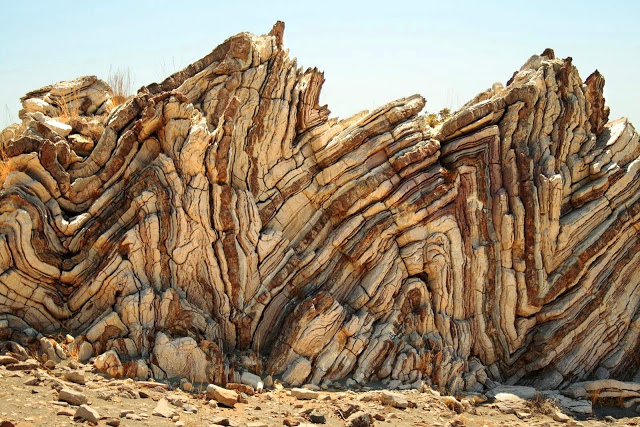
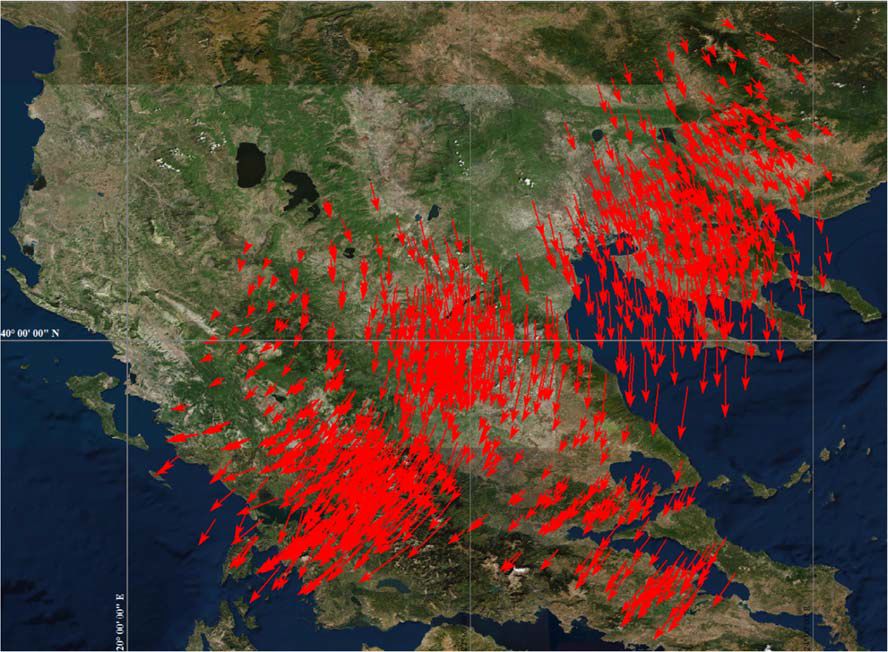
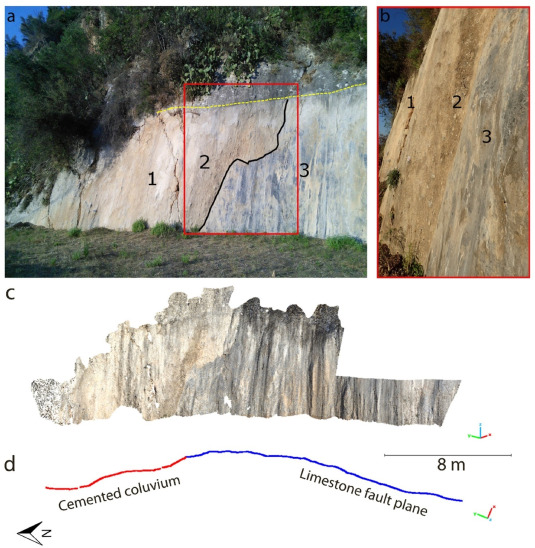

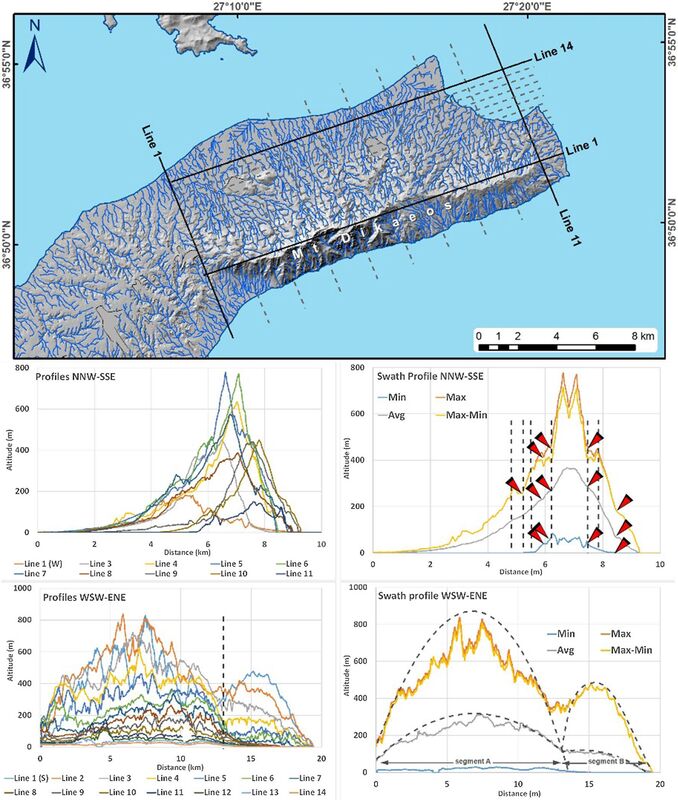
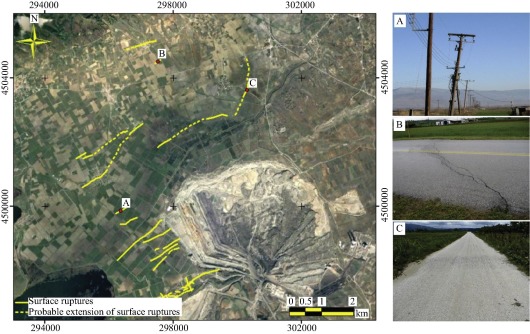
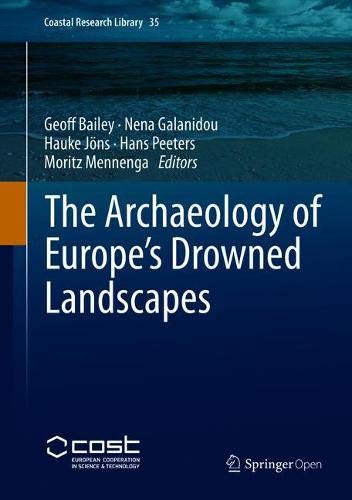
 RSS Feed
RSS Feed
